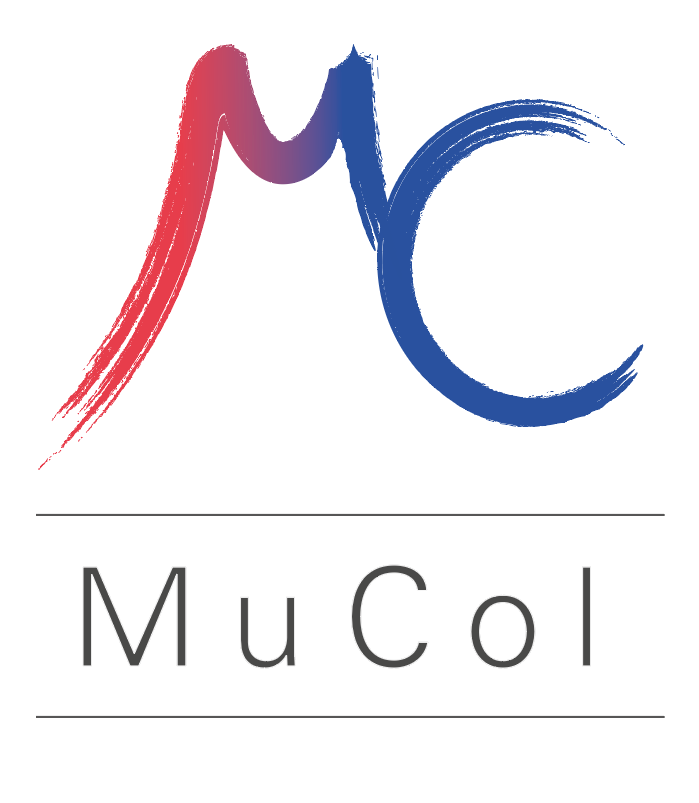WP7 will be coordinated by CERN. Other participants are CEA, INFN, SOTON, TUDa, UTWENTE, UMIL, PSI, UNIGE, KIT, CNRS.
Objectives
The objective of this work package is to address feasibility and technology limits of the magnet and powering systems, assess technology readiness and R&D timeline. The leading topics are: (i) the value of the maximum field and free bore of the solenoids for the target, capture and cooling complex, (ii) the concept and feasibility of the fast accelerator chain, and (iii) design options for the magnets of the collider complex. We address the above topics through a combination of conceptual design work, targeted tests and specific characterization measurements. We also plan to exploit synergies with on-going developments in other fields (high magnetic field science, NMR, fusion) and programs (EU High-Field Magnets R&D, US-MDP).
Tasks
|
Task 7.1 |
We will establish within this task a magnet catalogue, including a set of target specifications, baseline concepts and technology options, and identification of leading drivers for the power consumption and cost. The catalogue will include the results from the other three tasks in this work package, and will complete it for the whole collider complex. This task also provides the interface for magnet energy deposition and radiation studies, magnet cooling studies, as well as safety and environmental aspects of the magnet system. CERN (Task Leader) will provide the resources and technical support, in collaboration with CEA, polling actively the demands from accelerator physics (WP2, WP3, WP4, WP5, WP8), and interfacing to the other aspects of the study, including the contribution to power and cost model. |
|
Task 7.2 |
This task covers the conceptual design work required to establish performance limits assess feasibility, and identify outstanding R&D for the target, capture and final cooling solenoids, in close collaboration with the activities on beam capture and cooling, target and absorber design (WP4), and RF (WP6). Specific focus will be put on (i) the target solenoid, which requires high field (20 T) in a large bore (150 mm), subjected to substantial energy deposition (100 kW) and radiation, and (ii) the final cooling solenoid, where the required field (40 T minimum to 60 T target) in a small bore (50 mm) is well beyond the present state of the art. The task will maintain a close interface with the engineering design and integration of the solenoid for the test module (WP8). The task provides coordination for a limited Technology Performance Limits (TPL) experimental activity devoted to establishing material and technology limits, towards the identification of priority R&D. The work will be performed by INFN (Task Leader), CEA, CERN, CNRS, KIT, PSI, SOTON, UNIGE and TWENTE, in collaboration with KEK and US-MDP. PSI involvement: participation in conceptual design, in particular quench protection and mechanics, and experimental activities on intelligent electrical insulation and instrumentation for solenoids for the target and cooling area. UNIGE involvement: experimental activity on HTS material in support to magnet conceptual design, including tailored experiments to determine the electrical performance at high field and the mechanical limits of commercial conductors
|
|
Task 7.3 |
The aim of this task is to propose concepts and evaluate realistic performance targets for the fast-ramping accelerators, in close collaboration with beam physics (WP5) and RF (WP6). The main challenge is the management of the large energy stored in the magnet system (of the order of 100 MJ), the power flow required for ramping (in excess of 50 GW reactive power), and the quality of the fast field ramp (0.5 ms for the shortest cycle time). This task includes the integrated development and optimization of concepts for the power storage, conversion and distribution in normal-conducting fast ramping magnets. The focus will be on the present baseline scheme, i.e. a Hybrid Cycled Synchrotron (HCS) consisting of a combination of DC dipoles (superconducting, up to 16 T) and AC dipoles (resistive, bipolar, ± 2 T). Alternative schemes will be considered at the level of conceptual study, and in particular HTS fast ramped magnets, to see whether performance can be improved and consumption reduced. The work will be performed by CERN (Task Leader), CNRS (within the Laboratoire National des Champs Magnétiques Intenses), TUDa, and TWENTE, in collaboration with Kyoto University (HTS RCS) that will collaborate externally without formally joining the Consortium. |
|
Task 7.4 |
This task aims at assessing realistic performance targets for the large bore (range of 150 mm) collider magnets, in close collaboration with beam optics (WP5), machine-detector interface, and energy deposition studies (WP2). The design activity will be focused on the combined functions dipoles in the arc, 10 to 16 T, which are a good sample of the magnet challenges. The study will consider LTS and HTS materials, adopting a stress management mechanical system, which is an innovative approach for accelerator magnets. We finally plan to address the effects of the expected heat and radiation load, up to 0.5 kW/m linear power density in the coils, considering aspects such as thermal stability, heat removal and radiation-induced damage. The work will be performed by INFN (Task Leader) and UNIMI in collaboration with KEK, PSI and US-MDP. PSI involvement: sharing of stress managed concepts and technology for the design of collider dipoles. |
